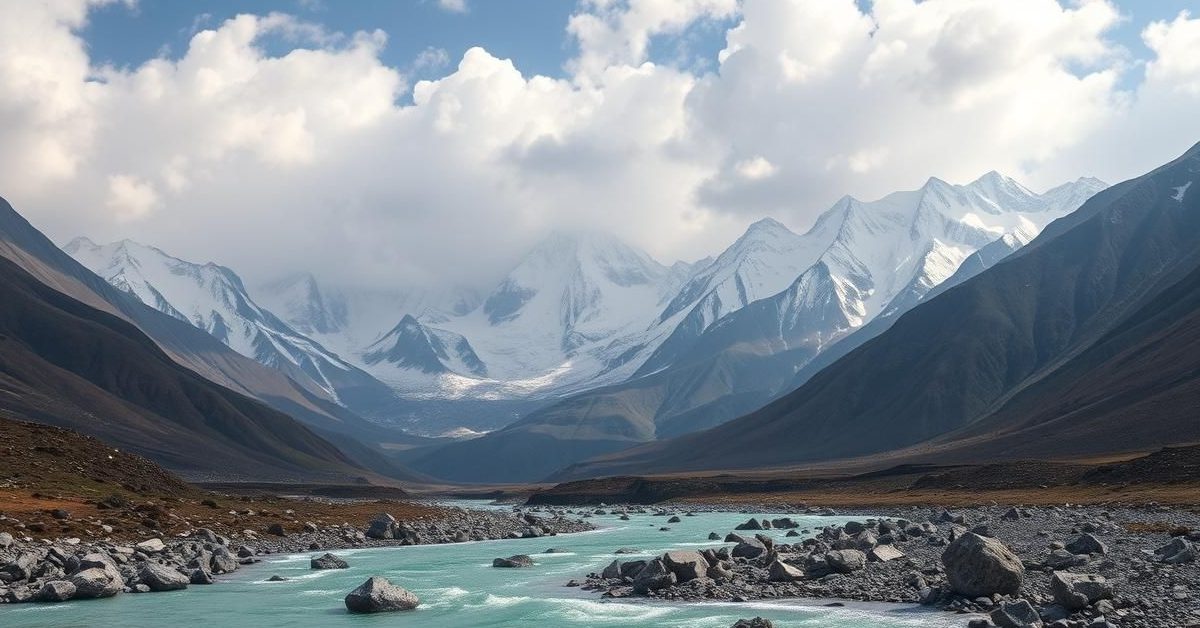This article explores two critical challenges facing India: how societal gender gaps influence reproductive choices and fertility rates, and the escalating threats to Himalayan river systems from melting glaciers and unpredictable monsoons.
Understanding India’s Changing Fertility Landscape
India is experiencing a significant shift in its demographics, with the Total Fertility Rate (TFR) — the average number of children per woman — dropping to 2.0, according to the UN Population Fund’s (UNFPA) State of World Population Report 2025. This figure is now below the replacement level of 2.1, meaning the population may eventually begin to decline.
This decline isn’t just about individual choices; it’s deeply connected to complex socio-economic, cultural, and structural gender gaps. The Global Gender Gap Report, which tracks progress in reducing inequality, shows India with a low parity score of 64.1% in South Asia, indicating how external factors profoundly impact reproductive freedom.
A UNFPA and YouGov survey across 14 countries, including India, revealed that one in five respondents felt they might not have their desired number of children. Concerns about future issues like climate change, wars, and pandemics often played a role in this sentiment.
Fertility rates also vary widely across India. While states like Bihar and Uttar Pradesh still have TFRs above the replacement level, southern and western states like Kerala, Tamil Nadu, and Maharashtra are well below it, ranging from 1.6 to 1.9. Even within states, urban areas show significantly lower TFRs compared to rural regions.
Addressing the dropping fertility rate requires moving beyond traditional gender norms. It’s a societal issue that demands policy interventions to create an enabling environment for parenthood, ensuring equal access to healthcare and protecting reproductive rights. Social pressures, including a preference for male children, also heavily influence reproductive decisions for women in India.
Himalayan Rivers Face Dual Threats
The majestic Himalayan river systems are under immense pressure from a combination of glacier melt and increasingly erratic monsoon patterns. Recent catastrophic floods in regions like Himachal Pradesh highlight the severe impacts of climate change-induced weather events on the delicate mountain ecosystem.
Climate change is intensifying the monsoon. As global temperatures rise, the atmosphere can hold more moisture. This leads to more frequent and intense cloudbursts — rapid, localized heavy rains that can dump enormous amounts of water in a short period. These events often trigger sudden flash floods, devastating communities downstream with little warning.
Simultaneously, Himalayan glaciers are melting at alarming rates, in some areas losing up to 30 meters of ice thickness annually. This contributes directly to higher river flow, especially during summer. When combined with heavy monsoon rainfall, this increased water volume in rivers like the Beas, Yamuna, and Ganges leads to overflowing banks, severe erosion, and widespread flooding.
The unique topography of the Himalayas makes the region particularly vulnerable. Steep mountain slopes channel rainwater rapidly into valleys, and the unstable terrain is highly prone to landslides. These factors further exacerbate the risks of flooding and pose significant challenges to local communities and disaster response systems, many of which lack adequate infrastructure or early warning systems.
- India’s Total Fertility Rate has dropped to 2.0, below the replacement level.
- Socio-economic, cultural, and structural gender gaps significantly influence reproductive choices and fertility decline.
- Himalayan glaciers are melting rapidly, increasing river flow and flood risk.
- Erratic and intense monsoon patterns, driven by climate change, contribute to more frequent cloudbursts and flash floods in the Himalayas.
- Addressing these issues requires comprehensive societal and policy-level approaches.
Understanding these interconnected challenges is crucial for developing sustainable strategies that safeguard both India’s demographic future and its vital natural resources.















